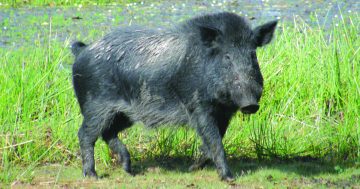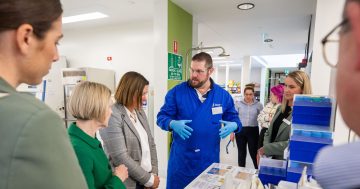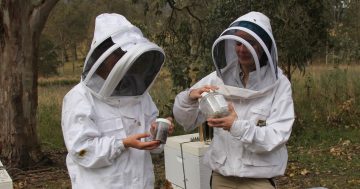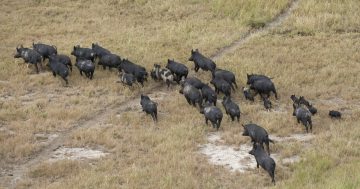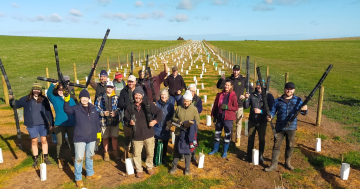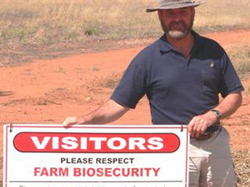 The Department of Primary Industries and Regional Development says grain growers can protect their properties by asking visitors to reduce the risk of introducing pests and diseases.
The Department of Primary Industries and Regional Development says grain growers can protect their properties by asking visitors to reduce the risk of introducing pests and diseases.
Grains Biosecurity Officer at the Department, Jeff Russell said farmers should be proactive in liaising with visitors to ensure they were biosecurity aware and understood any requirements when entering farm properties.
“A great first step is placing signage at the property entrance that asks people to notify you before they enter the property,” Mr Russell said.
“This shows visitors that you take biosecurity on your farm seriously, while having visitors calling ahead means you can give them detailed instructions on where they can and can’t go on your property.”
Mr Russell said other signs directing visitors to areas such as visitor parking bays, the office, delivery zones and the location of clean-down facilities was also a good idea.
“Vehicles, machinery, people, soil and plant material like stockfeed can all carry potentially damaging pests and diseases,” he said.
“Limiting visitor vehicle access to the productive areas of a property, such as crop, pasture or seed bulk-up paddocks, can help reduce the risk of pests and diseases entering and becoming established.”
He said farmers should also develop a biosecurity plan and implement new biosecurity measures.
“While this may take some long-term planning and investment, reducing the likelihood of pests and diseases entering a property can save time and money spent controlling pests in the future, as well as safeguarding growers’ livelihoods,” Mr Russell said.



